Business
$1.4 billion per year: Jordan Peterson calls for end to Trudeau’s massive CBC funding
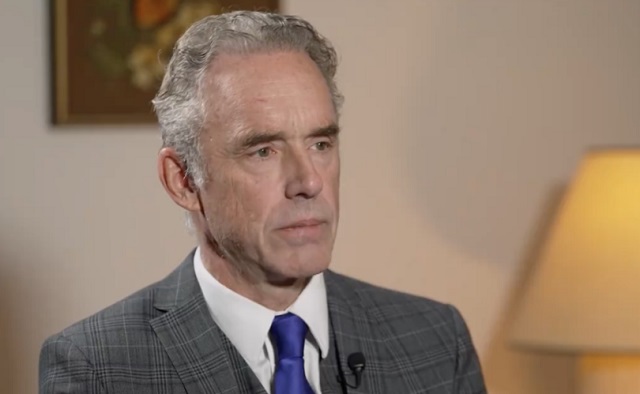
From LifeSiteNews
Dr. Jordan Peterson has pointed out that the Canadian Broadcasting Corporation (CBC), which receives over a billion dollars in taxpayer funds each year, has garnered less than 100 viewers on its last 19 videos, and therefore believes it should be defunded.
In an August 31 post on X, Peterson, a best-selling Canadian author and clinical psychologist, implied that that the CBC is massively overfunded considering its dismal engagement numbers with the public.
“1.4 billion per year: CBC subsidies from @JustinTrudeau,” Peterson wrote. “Not counting paid ads.”
1.4 billion per year: CBC @CBC subsidies from @JustinTrudeau
Not counting paid ads
The last 19 CBC video releases on @YouTube have
<100 views
EachThat's $14 000 000 per viewer
Let that sink inTake note @PierrePoilievre
Defund the CBC
— Dr Jordan B Peterson (@jordanbpeterson) August 31, 2024
“The last 19 CBC video releases on @YouTube have <100 views Each,” he continued. “That’s $14 000 000 per viewer. Let that sink in.”
Peterson further called on Conservative Party leader Pierre Poilievre to hold to his promise to “Defund the CBC,” if he is elected prime minister.
A screen shot posted on X from the same day as Peterson’s post shows CBC’s latest videos receiving between nine and just under two hundred views.
Wow! You weren't kidding, Jordan, and it doesn't get any better as you scroll down their 'Latest videos' page. This is brutal, not to mention highly humiliating for a so called 'mainstream national TV network'. pic.twitter.com/X6BtrGhXU8
— Shaun Rickard (@ShaunRickard67) August 31, 2024
Regardless of their low viewership, the CBC continues to receive massive subsidies from Prime Minister Justin Trudeau’s Liberal government. Many independent media outlets and Conservative Party politicians, including Poilievre, have accused the outlet of bias and partisanship because of this dependency on government.
Despite these concerns, the Trudeau government has only poured money into the outlet. Beginning in 2019, Parliament changed the Income Tax Act to give yearly rebates of 25 percent for each news employee in cabinet-approved media outlets earning up to $55,000 a year, to a maximum of $13,750.
The Canadian Heritage Department since admitted that the payouts are not sufficient to keep legacy media outlets running, and even recommended that the rebates be doubled to a maximum of $29,750 annually.
Last November, Trudeau again announced increased payouts for legacy media outlets, payouts which coincidence with the lead-up to the 2025 election. The subsidies are expected to cost taxpayers $129 million over the next five years.
Similarily, Trudeau’s 2024 budget outlined $42 million in increased funding for the CBC for 2024-25.
The $42 million to the CBC is in addition to massive media payouts which already make up roughly 70 percent of its operating budget, and total more than $1 billion annually.
2025 Federal Election
Poilievre Announces Plan To Cut Taxes By $100,000 Per Home
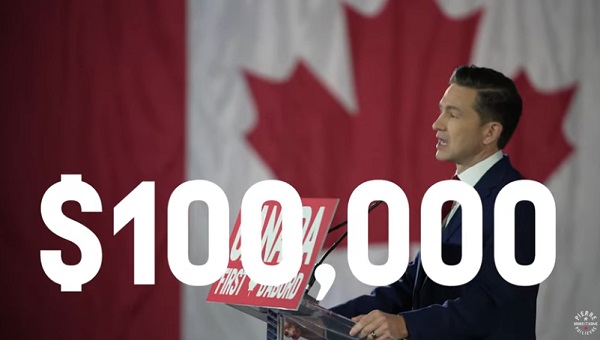
From Conservative Party Communications
Plan incentivizes municipalities to cut building taxes while taking sales tax off for $100,000 savings per home.
Conservative Leader Pierre Poilievre announced that on top of axing the sales tax on new homes, a Conservative government will incentivize municipalities to cut building taxes, for a total savings of $100,000 on an average home in Canada’s big cities. For every dollar of relief a municipality offers in development charges, a Conservative government will reimburse 50%, up to a maximum of $50,000 in savings for new homebuyers.
Poilievre already announced his plan to eliminate the sales tax on new homes under $1.3 million, which will save homebuyers up to $65,000. Combining the two policies will lower the cost of a new home by up to $115,000. For an average home in the GTA or Vancouver, the savings will be approximately $100,000. Conservatives will also require cities to publicly disclose their development charges and explain how the federal reimbursement will be used so Canadians can hold municipalities accountable when they build bureaucracy instead of homes.
“After the Lost Liberal Decade that saw housing costs double, it’s time for a new Conservative government that will provide affordable homes for Canadians,” said Poilievre. “The Liberals have broken the promise that hard work buys an affordable home in a safe neighbourhood. Conservatives will restore it by building more, taxing less, and lowering costs for homebuyers to save $100,000 on a new home.”
Taxes and development charges are now more than 30% of new home costs in Ontario and British Columbia. In Toronto, development charges skyrocketed from under $30,000 to nearly $140,000 during the Lost Liberal Decade, and across Canada, they’ve increased by $27,000 in just two years. These government charges are passed on to homebuyers, turning the dream of homeownership into a nightmare for everyday workers and young Canadians.
Instead of standing up to municipal gatekeepers who jacked up development charges to fund bureaucracy, Liberals rewarded them. After the Liberals gave the City of Toronto $471 million, the city increased charges 42%, leading to a 39% drop in housing starts. Ottawa and Victoria also raised taxes after receiving Liberal funding. In Victoria, housing starts fell by 55% even as development charges went up by 258%.
During the Lost Liberal Decade, with Mark Carney as their economic advisor, housing costs in Canada doubled, rising faster than in any other G7 country. It now takes longer to save for a down payment than it does to pay off a mortgage. And 80% of Canadians now believe homeownership is only possible for the rich.
Mark Carney is recycling the same old Liberal promises that didn’t work for the last decade. He says these Liberal policies will make housing affordable, but under the Liberals, costs have doubled. As usual with Liberals, Carney thinks more government is the answer. He says he wants the government to build homes, but his plan will just add more bureaucracy to a government that can’t get anything built and can’t even issue passports on time. Carney and the Liberals have no plan to actually help people buy their own homes.
“Mark Carney doesn’t understand the struggles everyday Canadians face being priced out of their communities and losing the dream of homeownership to taxes and inflation,” Poilievre said. “We can’t afford a fourth Liberal term of government run by out-of-touch elites. Only a new Conservative government will put hard-working Canadians First–For a Change–and restore the promise of homeownership by building more, taxing less, and bulldozing bureaucratic barriers.”
Business
Scott Bessent Says Trump’s Goal Was Always To Get Trading Partners To Table After Major Pause Announcement
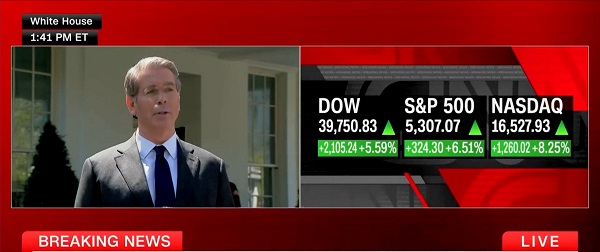

From the Daily Caller News Foundation
By
Secretary of the Treasury Scott Bessent told reporters Wednesday that President Donald Trump’s goal was to have major trading partners agree to negotiate after Trump announced a 90-day pause on reciprocal tariffs for many countries after dozens reached out to the administration.
Trump announced the pause via a Wednesday post on Truth Social that also announced substantial increases in tariffs on Chinese exports to the United States, saying 75 countries had asked to talk. Bessent said during a press event held alongside White House press secretary Karoline Leavitt that Trump had obtained “maximum leverage” to get trading partners to negotiate with the April 2 announcement of reciprocal tariffs.
“This was his strategy all along,” Bessent told reporters during an impromptu press conference at the White House. “And that, you know, you might even say that he goaded China into a bad position. They, they responded. They have shown themselves to the world to be the bad actors. And, and we are willing to cooperate with our allies and with our trading partners who did not retaliate. It wasn’t a hard message: Don’t retaliate, things will turn out well.”
Dear Readers:
As a nonprofit, we are dependent on the generosity of our readers.
Please consider making a small donation of any amount here.
Thank you!
WATCH:
China imposed retaliatory tariffs on American exports to the communist country Wednesday, imposing an 84% tariff on U.S. goods after Trump responded to a 34% tariff by taking American tariffs to 104%.
“Based on the lack of respect that China has shown to the World’s Markets, I am hereby raising the Tariff charged to China by the United States of America to 125%, effective immediately,” Trump said. “At some point, hopefully in the near future, China will realize that the days of ripping off the U.S.A., and other Countries, is no longer sustainable or acceptable.”
“They kept escalating and escalating, and now they have 125% tariffs that will be effective immediately,” Bessent said during the press conference.
Bessent said that China’s actions would not harm the United States as much as it would their own economy.
“We will see what China does,” Bessent said. “But what I am certain of, what I’m certain of, is that what China is doing will affect their economy much more than it will ours, because they have an export-driven, flood the world with cheap export model, and the rest of the world now understands.”
The Dow Jones Industrial average closed up 2,962.86 points Wednesday, with the NASDAQ climbing by 1,755.84 points and the S&P 500 rising 446.05 points, according to FoxBusiness.
-

 Also Interesting22 hours ago
Also Interesting22 hours agoMortgage Mayhem: How Rising Interest Rates Are Squeezing Alberta Homeowners
-
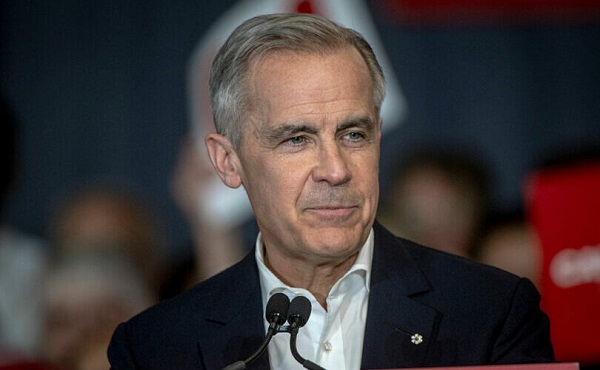
 2025 Federal Election2 days ago
2025 Federal Election2 days agoMark Carney’s radical left-wing, globalist record proves he is Justin Trudeau 2.0
-

 2025 Federal Election1 day ago
2025 Federal Election1 day agoConservative Party urges investigation into Carney plan to spend $1 billion on heat pumps
-

 COVID-191 day ago
COVID-191 day agoMassive new study links COVID jabs to higher risk of myocarditis, stroke, artery disease
-

 Alberta1 day ago
Alberta1 day agoAlberta’s embrace of activity-based funding is great news for patients
-

 2025 Federal Election1 day ago
2025 Federal Election1 day agoCommunist China helped boost Mark Carney’s image on social media, election watchdog reports
-

 2025 Federal Election2 days ago
2025 Federal Election2 days agoDon’t double-down on net zero again
-
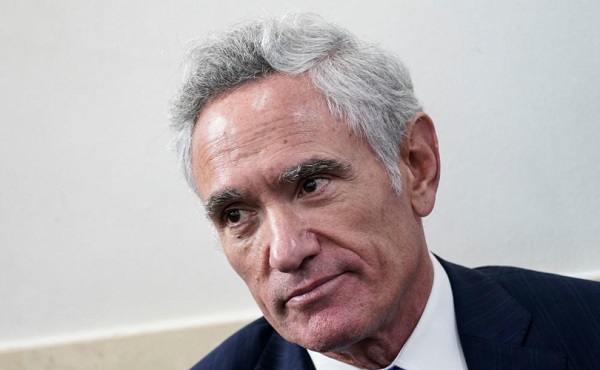
 Censorship Industrial Complex2 days ago
Censorship Industrial Complex2 days agoScott Atlas: COVID lockdowns, censorship have left a ‘permanent black mark on America’





